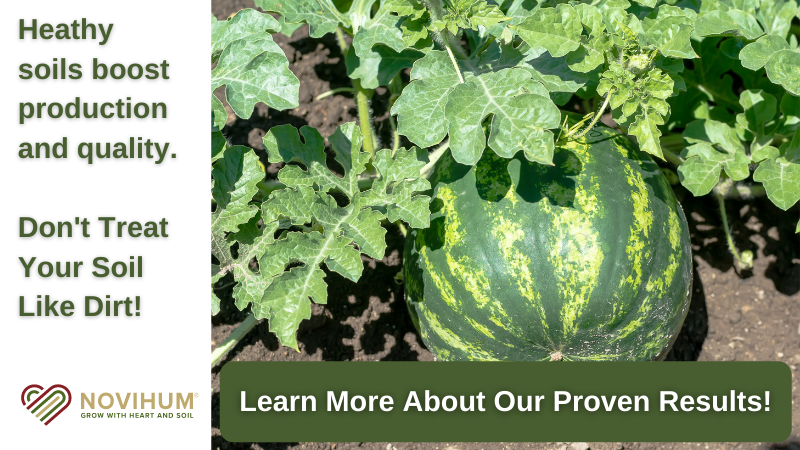Opinion: To Survive, We Must Look Beyond The Buy Local Concept
 Let me start by saying that I am a strong advocate of buy local. The whole concept has been a boon for specialty crop producers. It reminds consumers to support American agriculture and has been a vehicle to educate the public about farming.
Let me start by saying that I am a strong advocate of buy local. The whole concept has been a boon for specialty crop producers. It reminds consumers to support American agriculture and has been a vehicle to educate the public about farming.
We even recently featured in this magazine Bedner’s Farm Fresh Market and Lake Catherine Blueberry farm, which are both benefiting from the buy local movement.
Where buy local can get tricky is when it’s used to insinuate that larger, more corporate farms are bad in comparison. There is a whole contingent of folks out there who equate “big ag” with the robber barons of old.
I believe it takes all sizes of farms to feed Americans and other people around the world. Smaller farms, which tend to fall in the buy local category, and larger farms all have a place and function. The Bedner family farm is a good example of this. On the one hand, they cater to buy local through their market. While on the other hand, they would be considered large growers of commercial peppers and cucumbers.
Recently, Adrienne Rose Johnson wrote an interesting opinion piece in the Wall Street Journal. She is a Ph.D. candidate in modern thought and literature at Stanford University.
In her column, Johnson argued that the avid support of buy local from the government and media is causing the movement to outpace organics as the hot trend of the moment.
For example, USDA’s “Know Your Farmer, Know Your Food” has been put in place to encourage us to eat locally in the belief this will stimulate economic development and healthy eating habits. But even the title leads one to the conclusion if I don’t know my farmer, then my food is somehow less good and nutritious. Where does that leave a mid- to larger-sized grower who doesn’t have the time, location, or resources to take advantage of the buy local trend?
This is troublesome when urban consumers know so little about food production and are frankly easily led to certain conclusions about so called corporate farming.
Johnson said local foods do nothing to help the world’s poor who have relied on export markets for their livelihood. And, our farmers rely on foreign markets with about 25% of our production going into export.
“The return of local foods and yeoman farmsteads isn’t just impossible,” noted Johnson. “It misdirects political attention away from the problem of world hunger. Local food simply cannot feed the world.”
One of the cornerstone arguments we’ve made on behalf of American agriculture is we feed and clothe the world. The productivity and efficiency of our farms have been a point of pride for growers.
The more extreme fringes of the locavore movement would have us return to some romanticized agrarian vision that only sustains and feeds people within close proximity of the farm. These farms, they argue, are more environmentally friendly and just look at that low-carbon footprint. But what of those hungry people all over the world who rely on our over-abundance to help meet their needs?
Yes, modern agriculture can always improve and lessen its impact on the environment, but I believe the majority of growers strive to be good stewards while taking on the responsibility and risk to feed and clothe the world.
Ms. Johnson had it right. We are blessed to live in society that can have a boutique notion of food that says my food choices make a statement about who I am. Let’s just not let that notion define growers of other than local food as bad in some form or manner.










